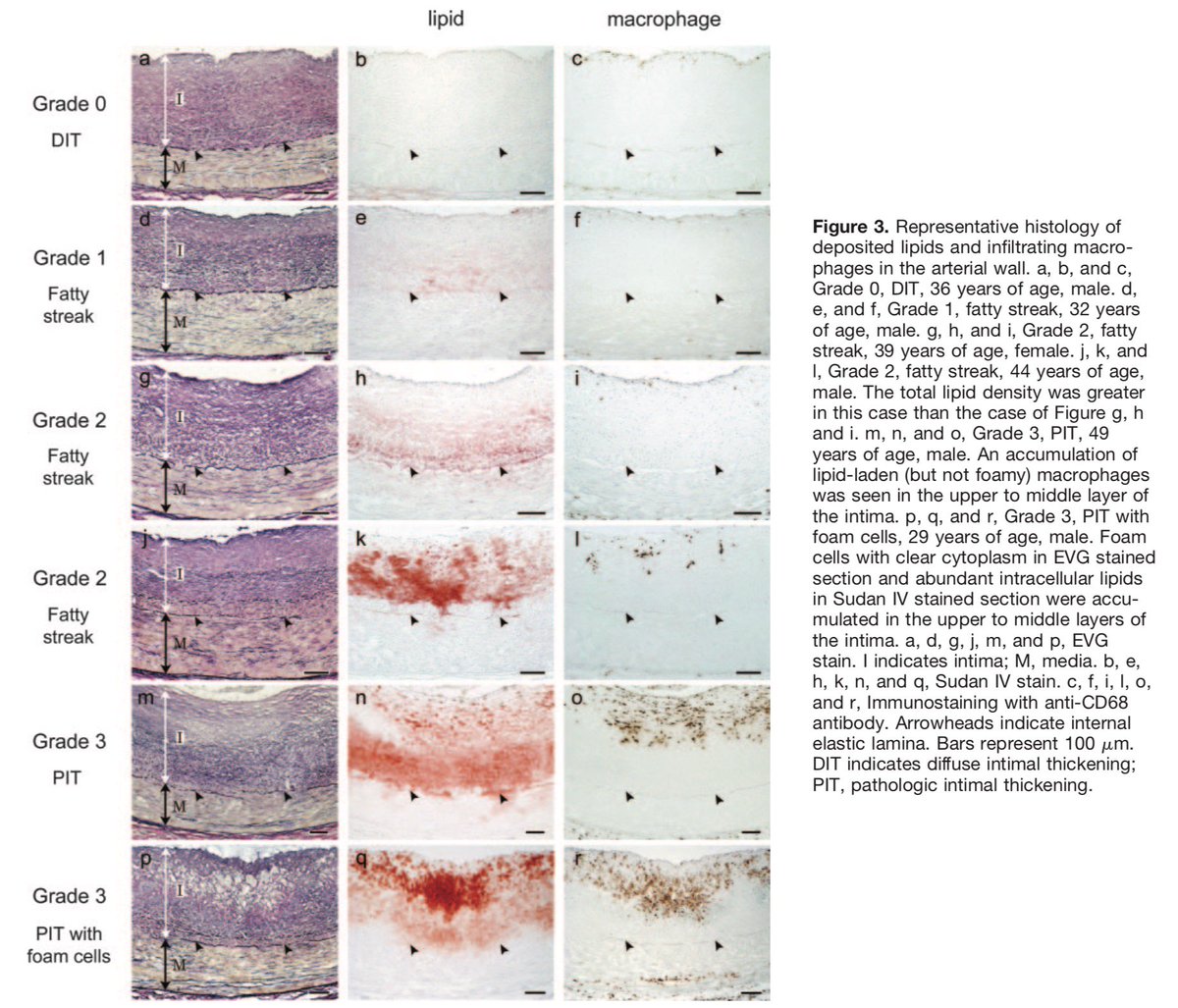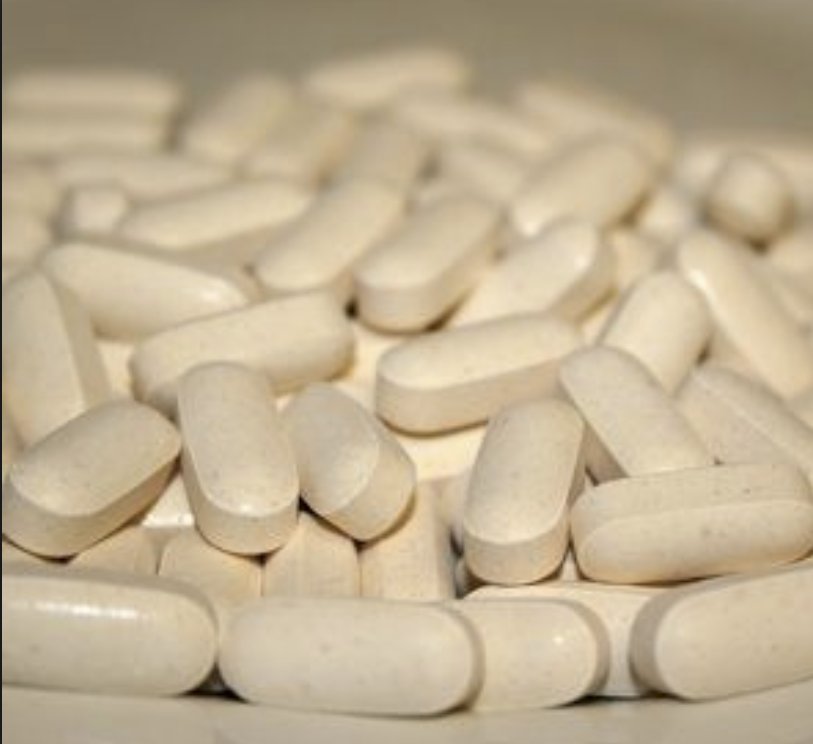rdcu.be/bRXph
ncbi.nlm.nih.gov/pubmed/12119190
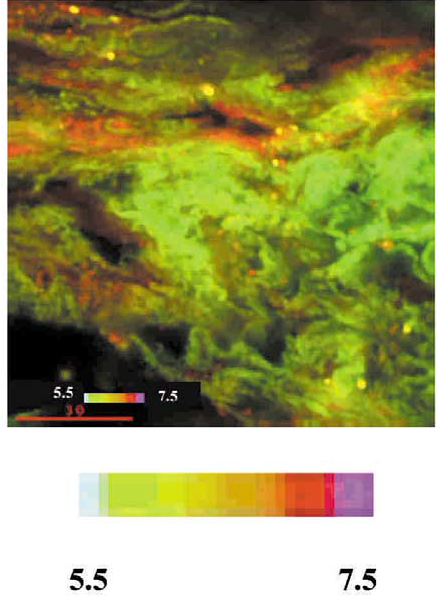
sciencedirect.com/science/articl…
The blue colour in the figure shows hypoxic areas
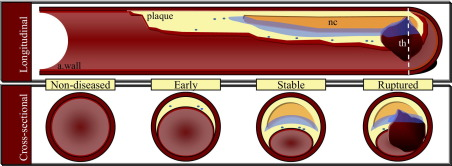
Acidification of the intimal fluid: the perfect storm for atherogenesis ncbi.nlm.nih.gov/pmc/articles/P…
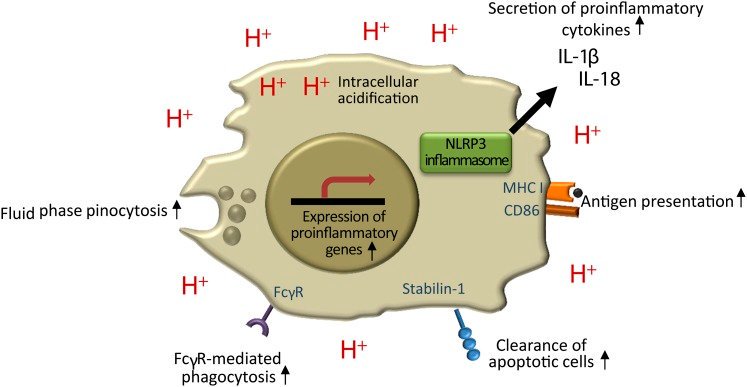



Get real-time email alerts when new unrolls are available from this author!
Twitter may remove this content at anytime, convert it as a PDF, save and print for later use!

1) Follow Thread Reader App on Twitter so you can easily mention us!
2) Go to a Twitter thread (series of Tweets by the same owner) and mention us with a keyword "unroll"
@threadreaderapp unroll
You can practice here first or read more on our help page!
